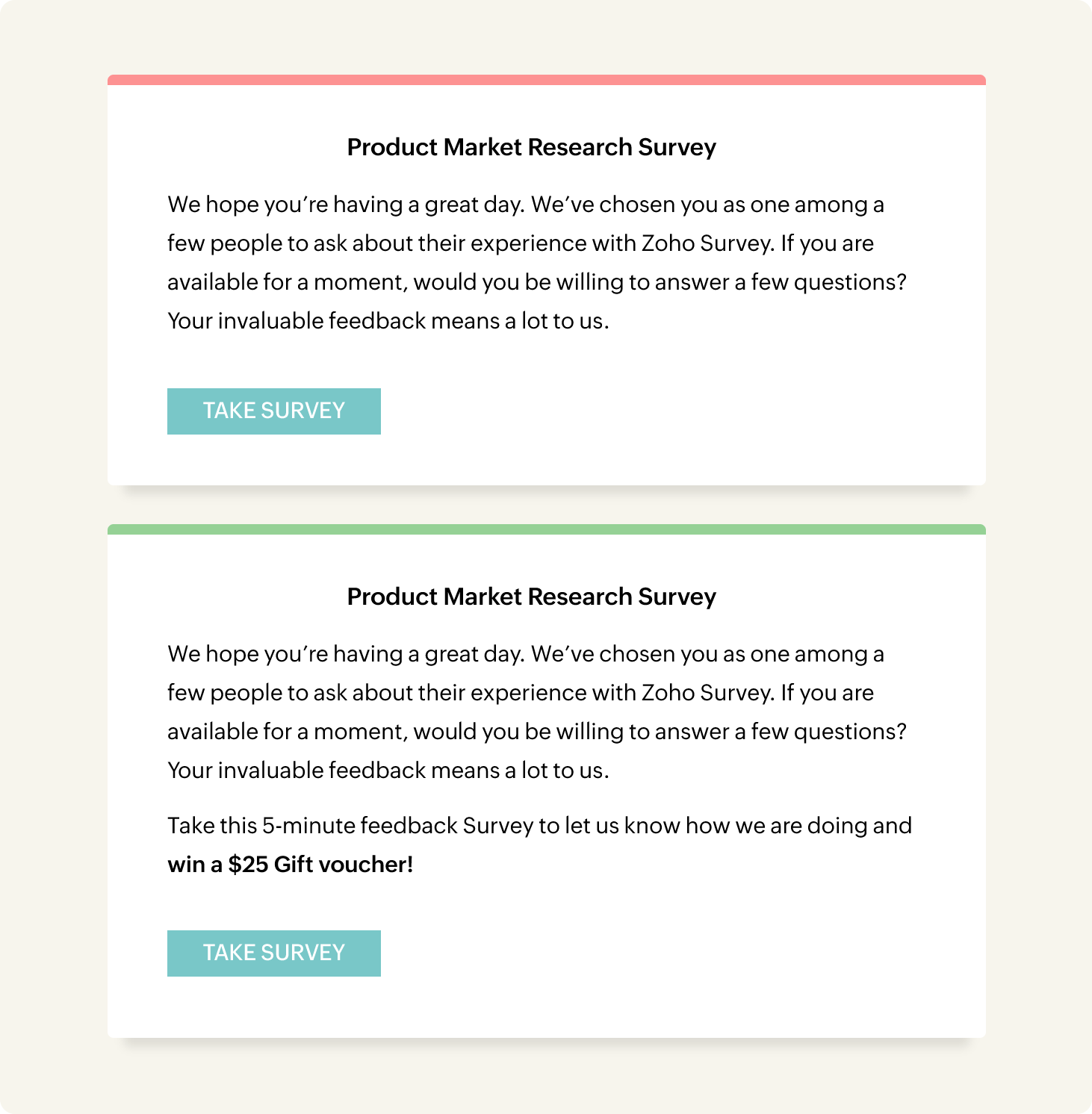Common mistakes made in CSAT surveys:
1. Asking biased or vague questions
The questions in your survey should not lead the respondents towards one specific answer, even if it's the answer you want to hear. When questions are biased in favor of the survey creator, the customer is less likely to provide genuine, authentic information. This keeps the business in the dark about the true conditions of its market. That said, the questions that you ask in your survey must be interesting and in-depth too. For example, you might ask "How do you feel about our products and services?" But the question, "How do you feel about the performance of our new smartphone?" will help you zero in on the specific information your business needs.
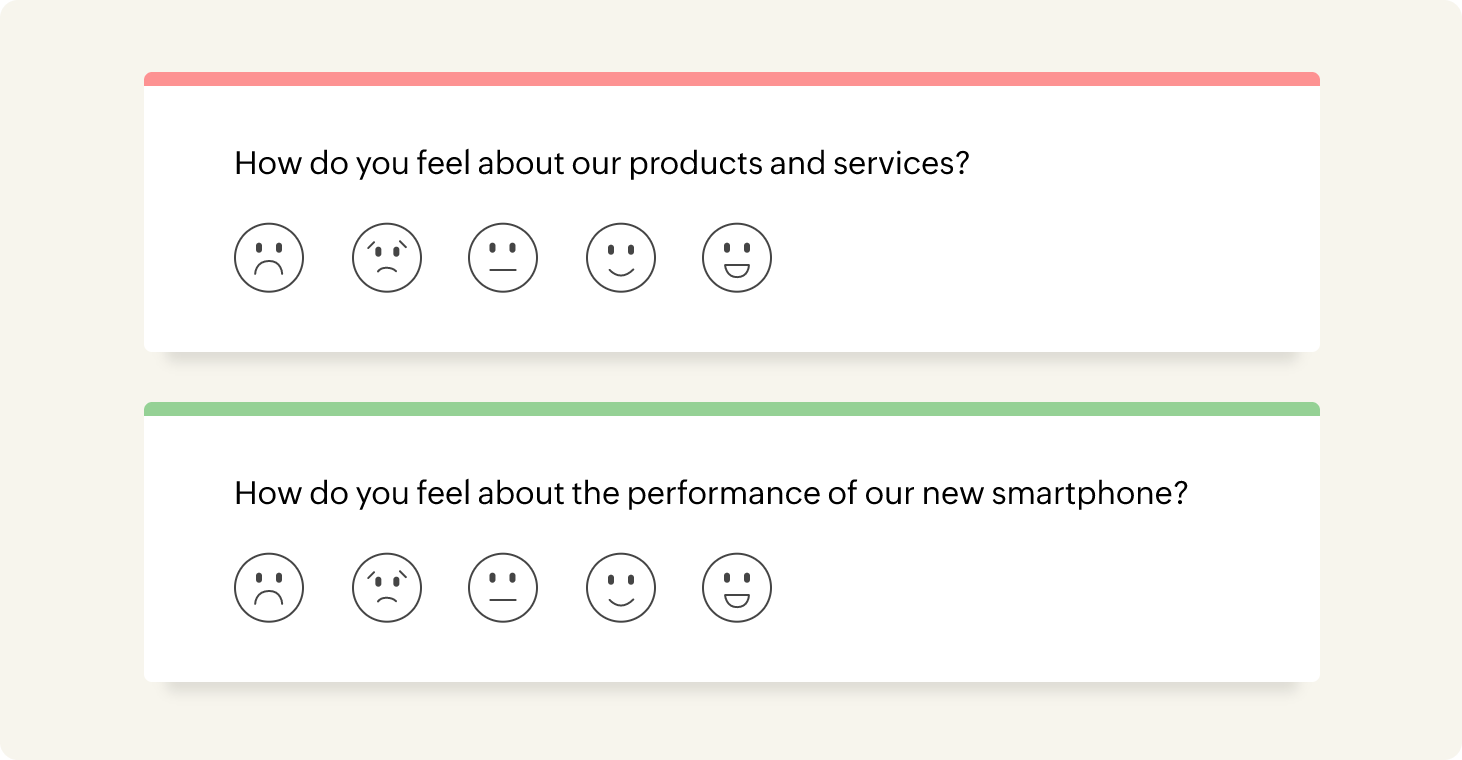
2. Asking too many open-ended questions
The most common mistake that survey creators make is asking too many open-ended questions. Open-ended questions are beneficial when it comes to gathering in-depth and accurate answers from the customer. But too many of them can make your customer lose interest in the survey, as they require a larger time investment and can get overwhelming. Therefore, it's best to use this type of question sparingly.

3. Merging different questions
Grouping different questions can sometimes confuse the customer, and the answer they provide in that situation may misdirect you. For example, when you ask your respondents "Rate how much you like our new smartphone and its accessories". The customer may like the actual product, but not the accessories. Since two questions are clubbed together as a single question, the customer won't be able to provide you with a truthful answer that covers both aspects, leading you to lose the purpose of your survey ultimately. This can be fixed by asking the questions one after another in which the first question addresses the smartphone and the second question addresses its accessories.
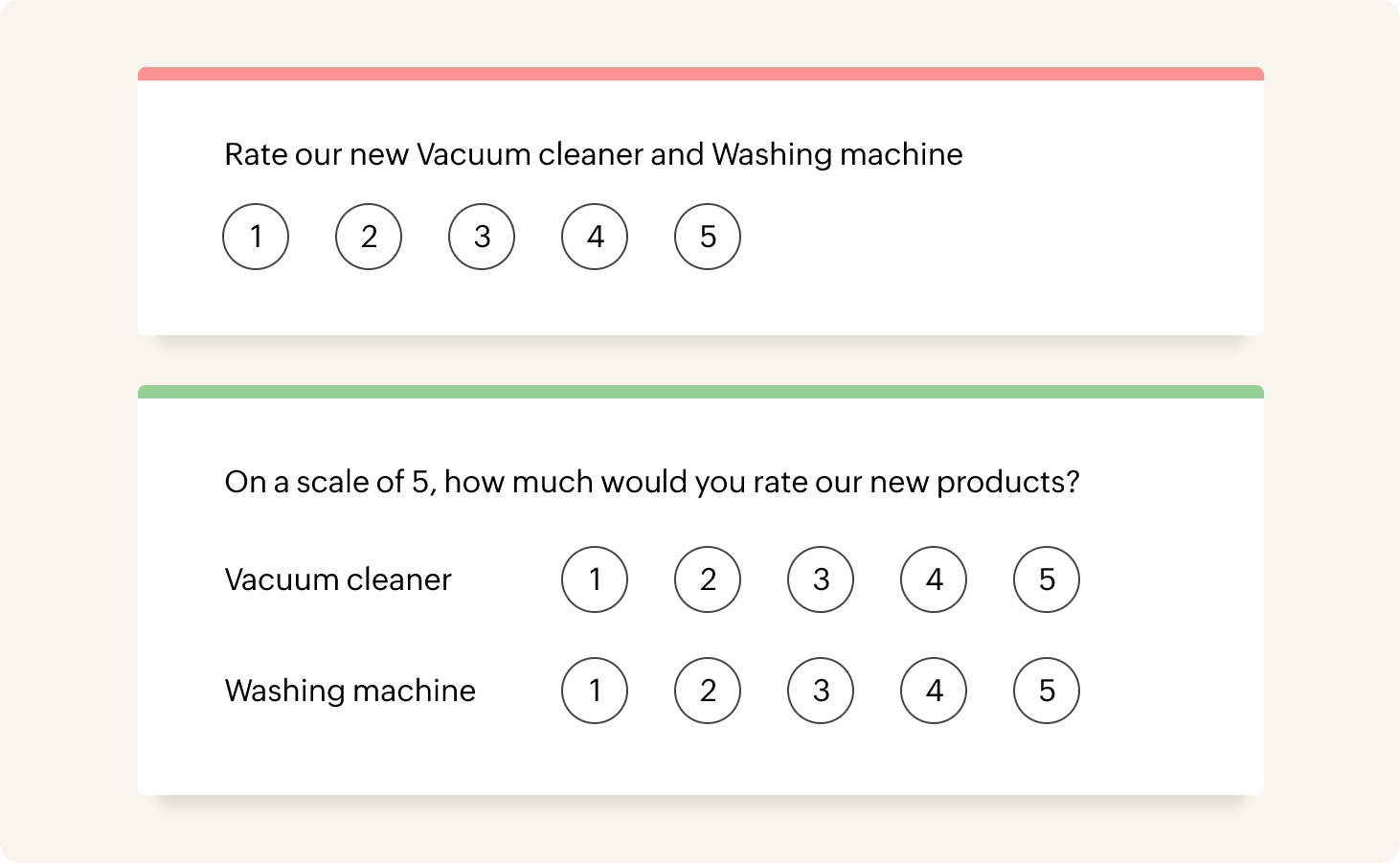
4. Using complicated or technical language
Keep the language in your survey simple. This plays a key role when it comes to engaging your customers. Too much jargon may be difficult to comprehend or distracting to your customers. For example, "Were you affected by a cold in the last two weeks?" and "Were you affected by Coronary Lung Disease in the last two weeks?" are the same questions, but the usage of a technical term in the latter may misguide the customer.
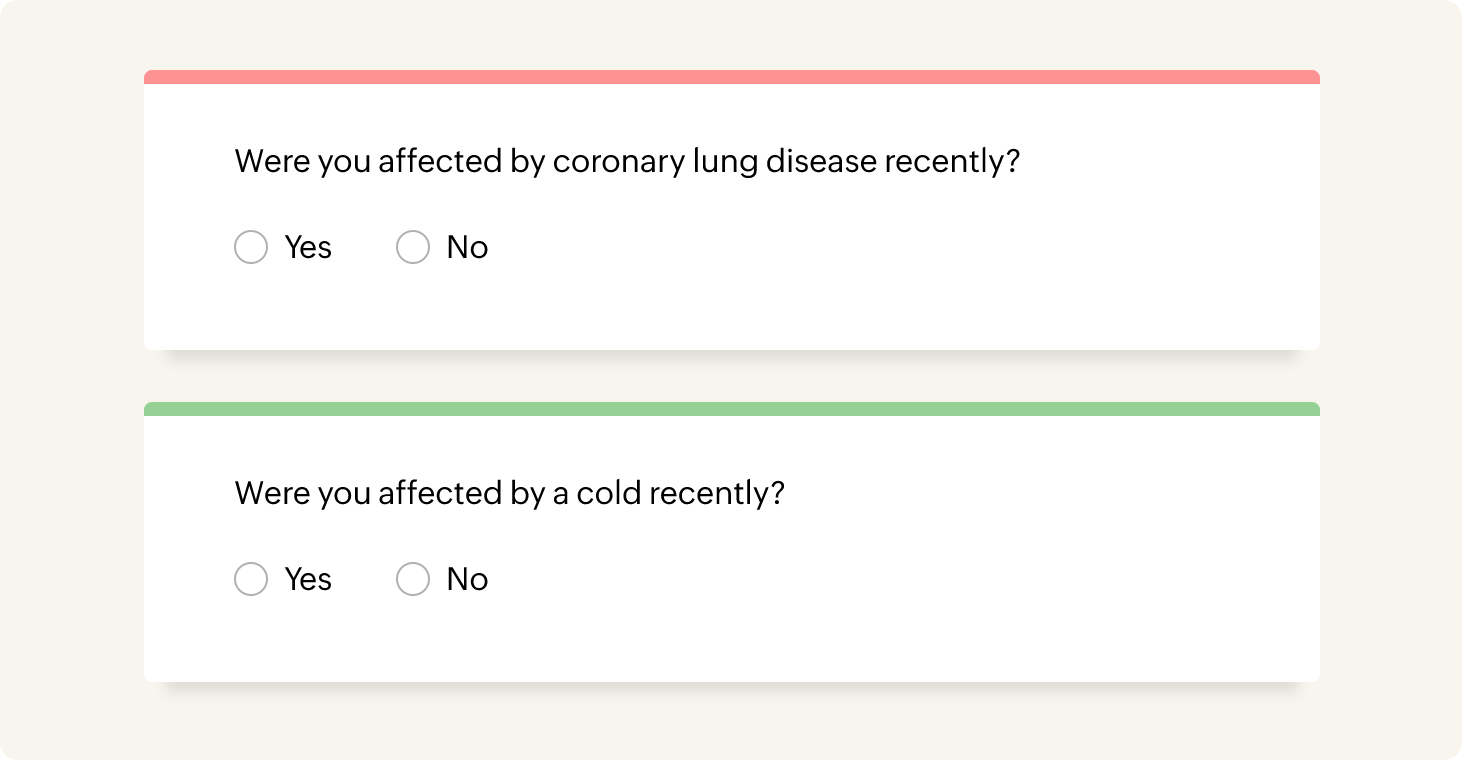
5. Overlooking typos and grammatical mistakes, and rushing into publication
In today's world, customers may lose trust or feel that they are taken for granted when businesses exhibit carelessness. Never rush into publishing your surveys, and risk turning off customers with silly mistakes. Proof your surveys thoroughly before sending them out.
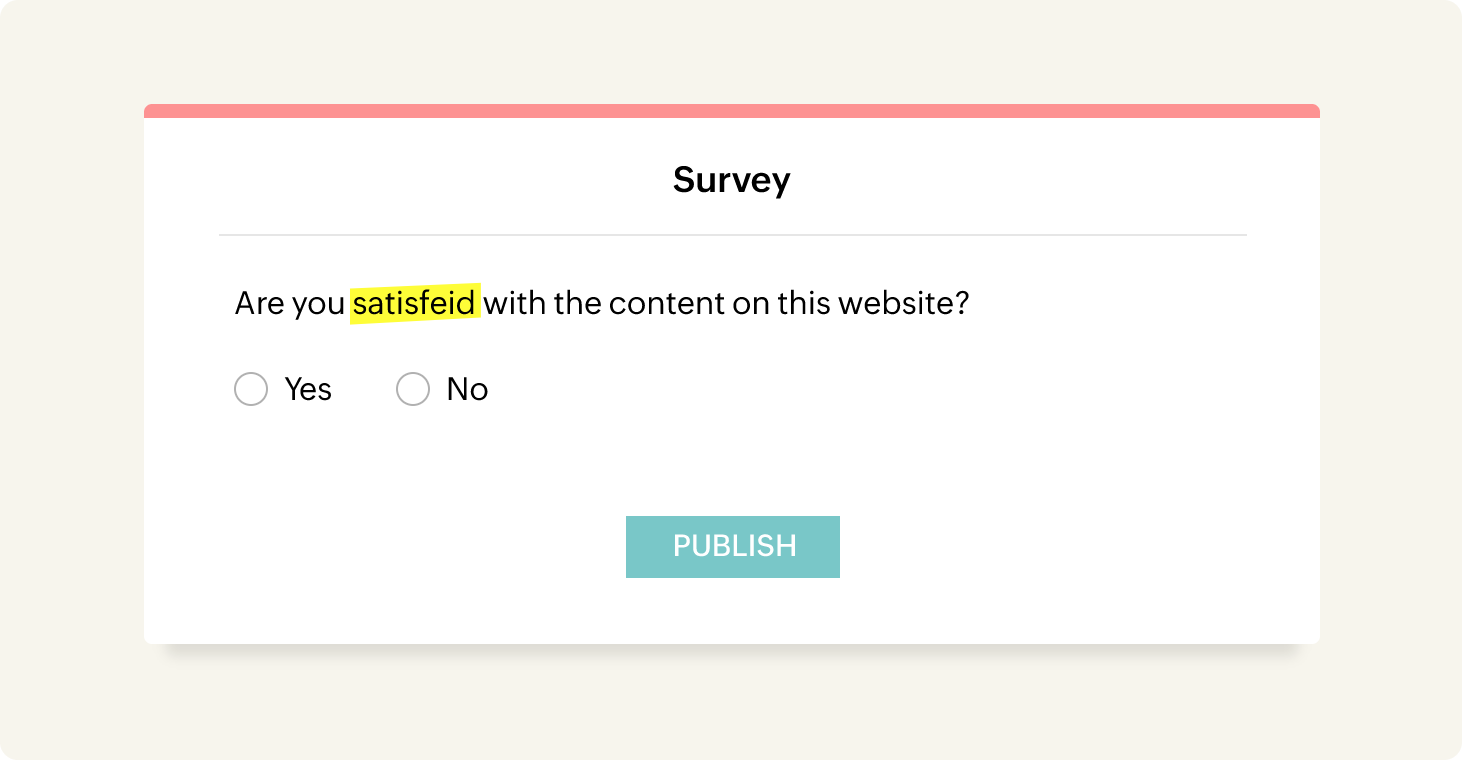
6. Not defining the goal of your survey
Defining the goal of your survey is one of the initial steps to receiving a great customer response. When you start making a survey, begin by defining the survey's basic ideology. Why are we making this survey? What is the expected result of this survey? For example, you may want to know why your product sales increased in a particular month, or when is the right time to launch your new product variant. When this goal is unclear, your survey lacks a sense of purpose, and customers may lose interest in answering it.

7. Pressuring your customers to take your survey
Never force your customers to take your survey. Be gentle and friendly while composing the emails or messages to the customer that accompany your survey. Too many ambiguous and mandatory questions can also be uncomfortable for the respondents to answer. When your questions are easier to answer and your tone is polite and engaging, customers will feel more enthusiastic about the process of answering your surveys.
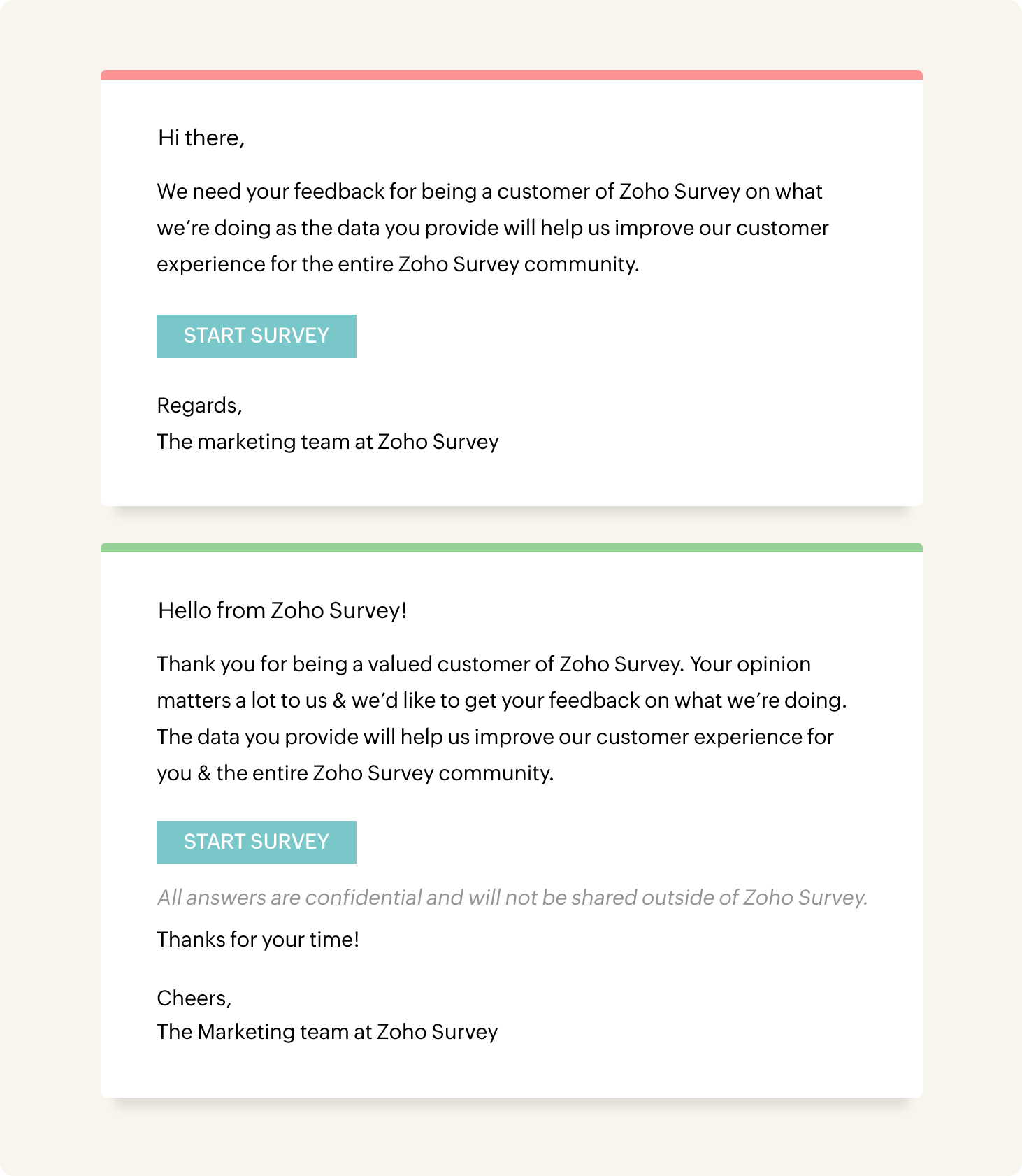
8. Not keeping your surveys at the right length
When creating the questionnaire for your survey, make sure that the survey length isn't too long or short. Longer surveys tend to lose the customer's interest, while shorter surveys may not help you reach your goal completely. Be sure to carefully consider the number of questions that you ask in your survey.
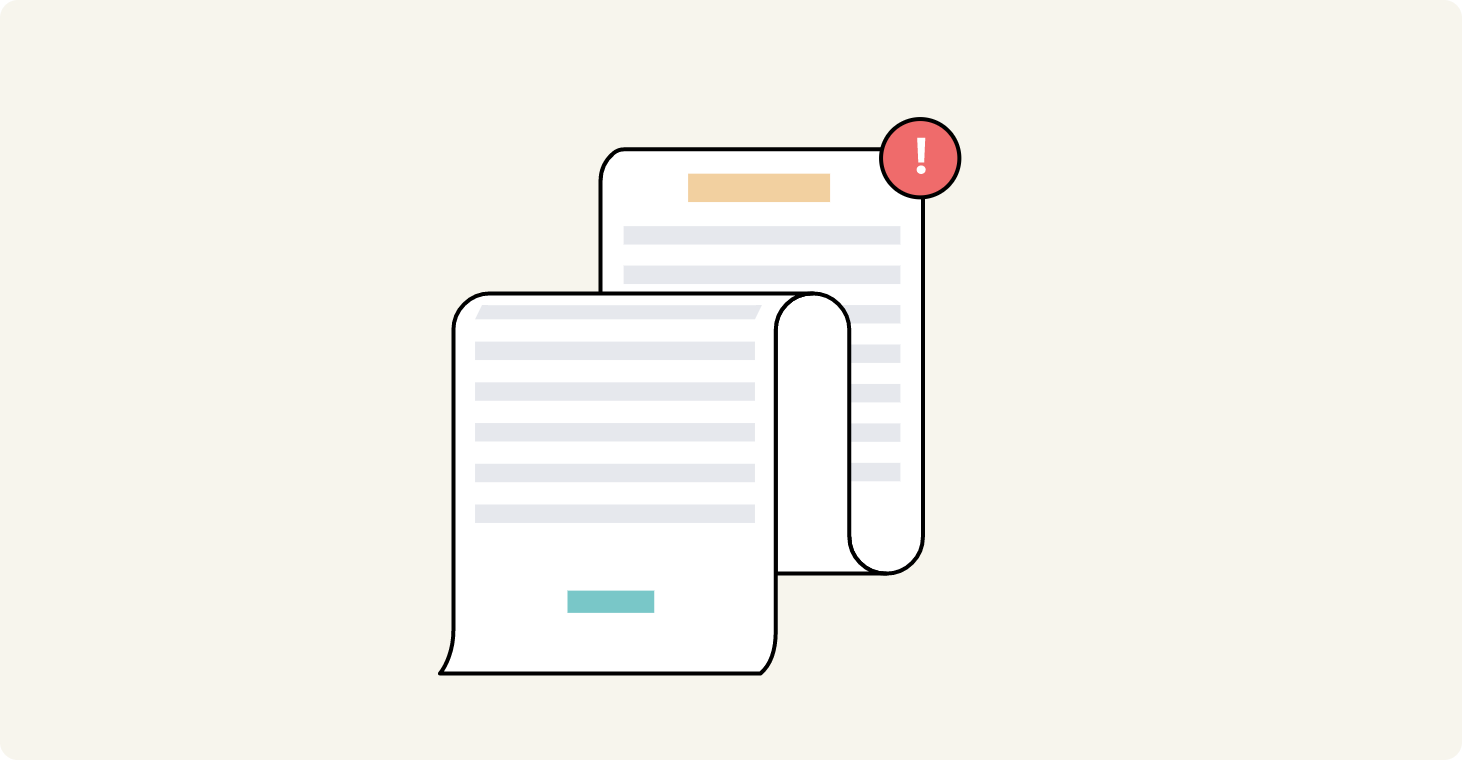
9. Making assumptions about your customers
This is yet another simple mistake that survey creators make while preparing the questions for their customers. For example, a customer may not have used a particular product/service from your company, so it's important to give them an "out" when answering questions. Add "None," "Other," or "N/A" as response options, so a customer doesn't feel that one question disqualifies them from continuing.
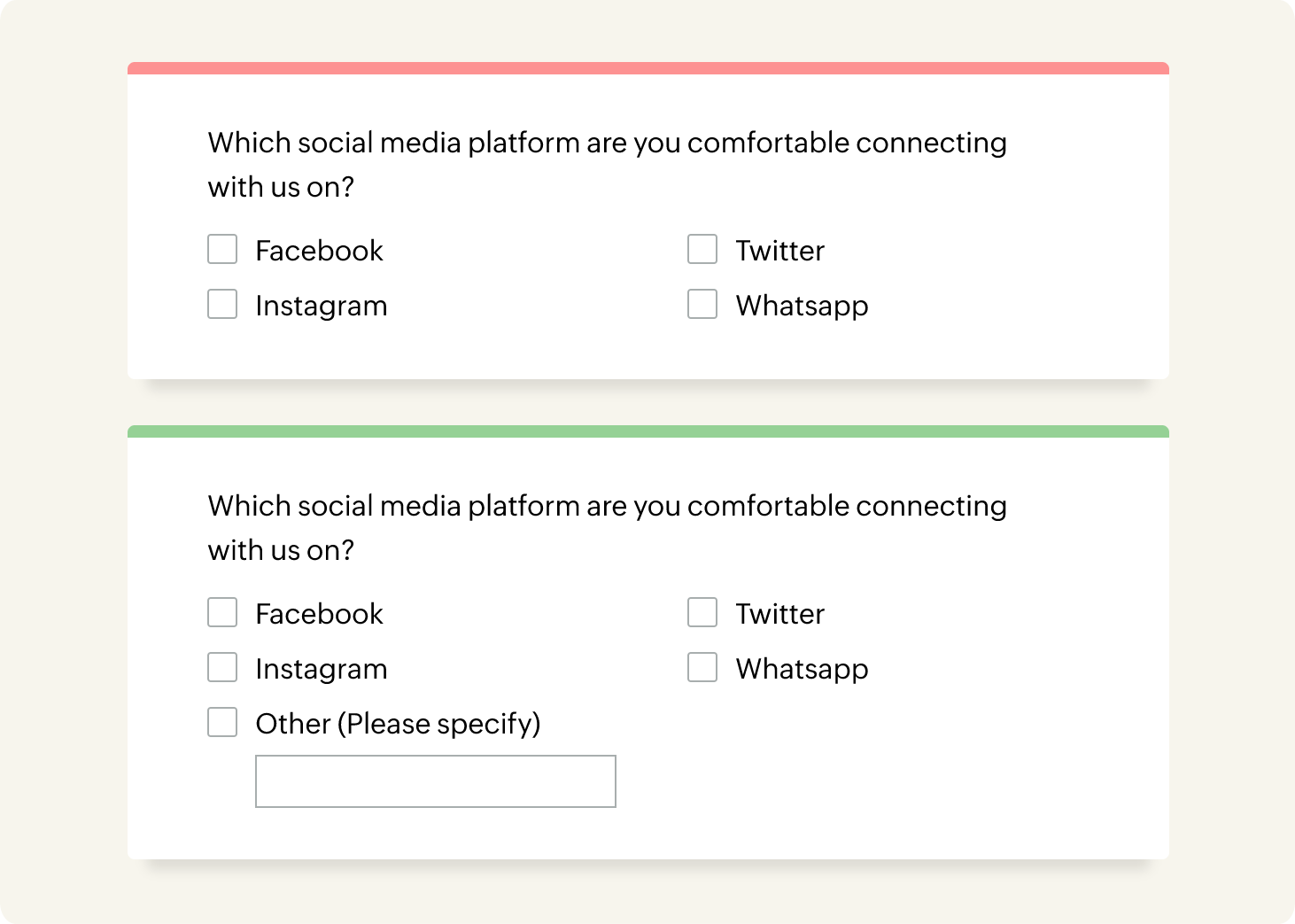
10. Failing to analyze customer demographics
Drafting the right questions for your survey is an essential step, but understanding your customer base before asking them certain questions is equally important. This is because your target customers are both separated and interconnected by multiple demographics. Make sure to gather demographic-based information, like age, gender, and location, to obtain much deeper insights to work with.
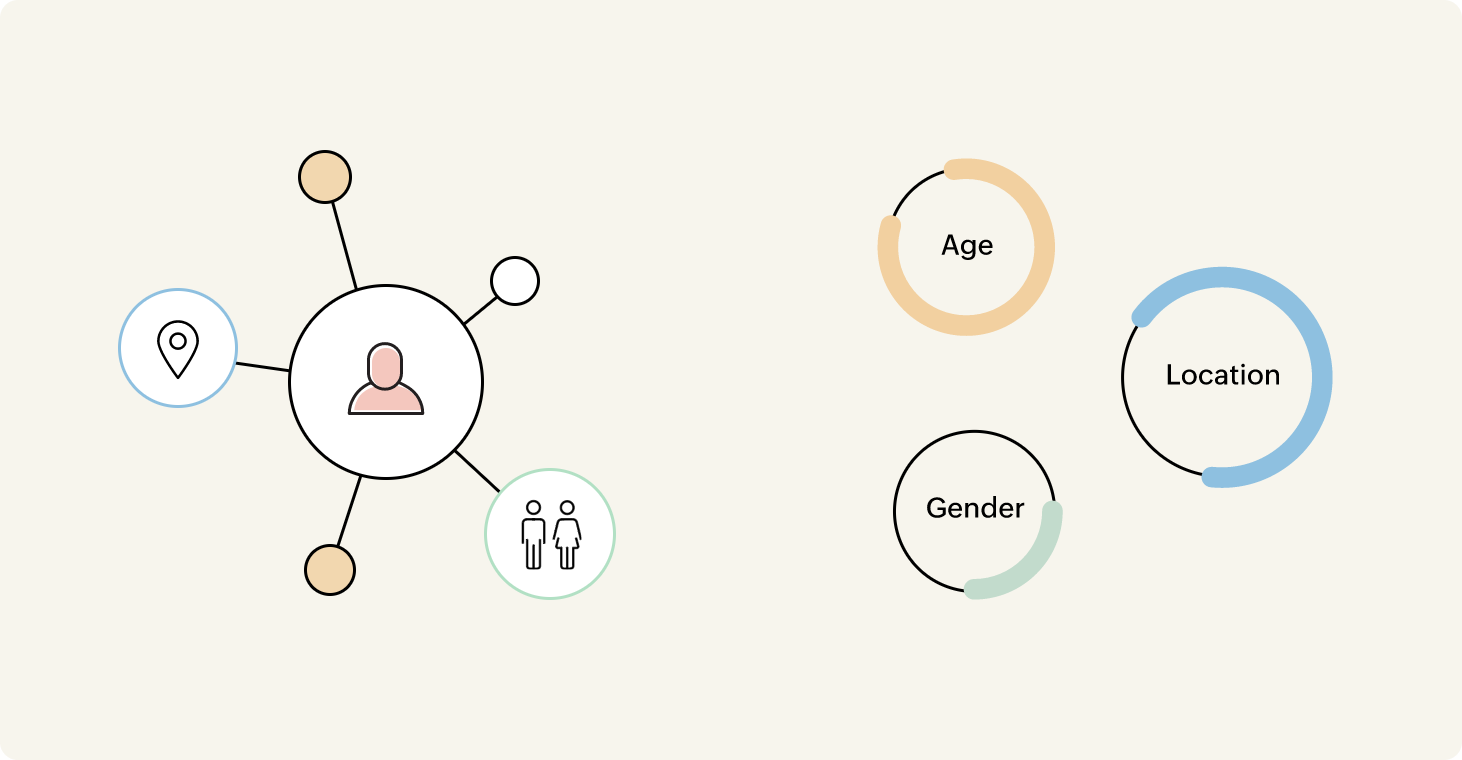
11. Not letting the customer know who you are
When you are finished determining the contents of the survey, the next step is to send it out to your target customers. While doing this, it is important to let the customer know who you are and why you are sending the survey to them. When a customer receives your survey, they have to know who you are in order to trust you, so that they are willing to move forward and provide you with their information.
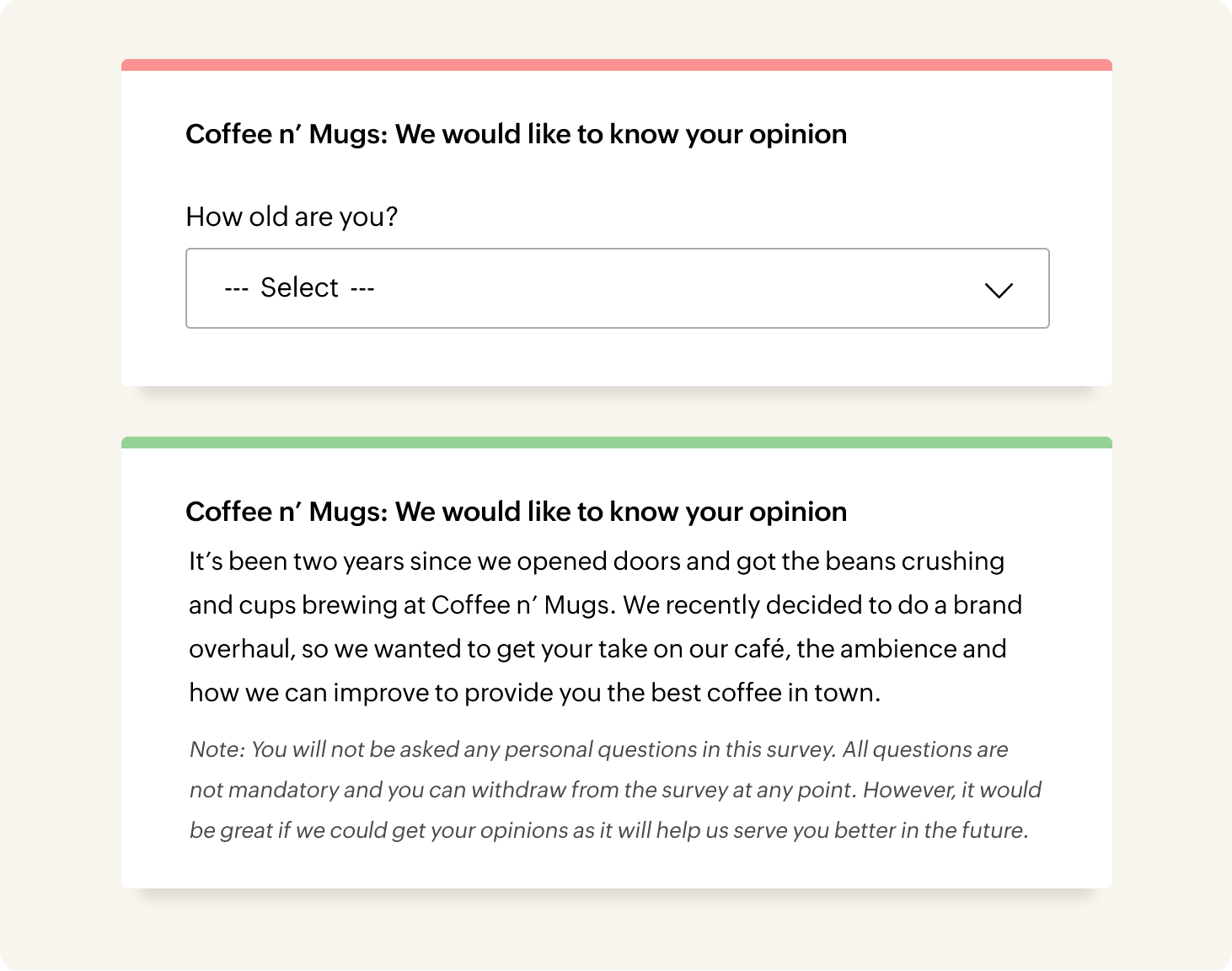
12. Sending too many surveys
No matter how good your surveys are, they may overwhelm the customer when sent too frequently. Send surveys at planned intervals, or based on events, like during a product launch or after a service appointment.
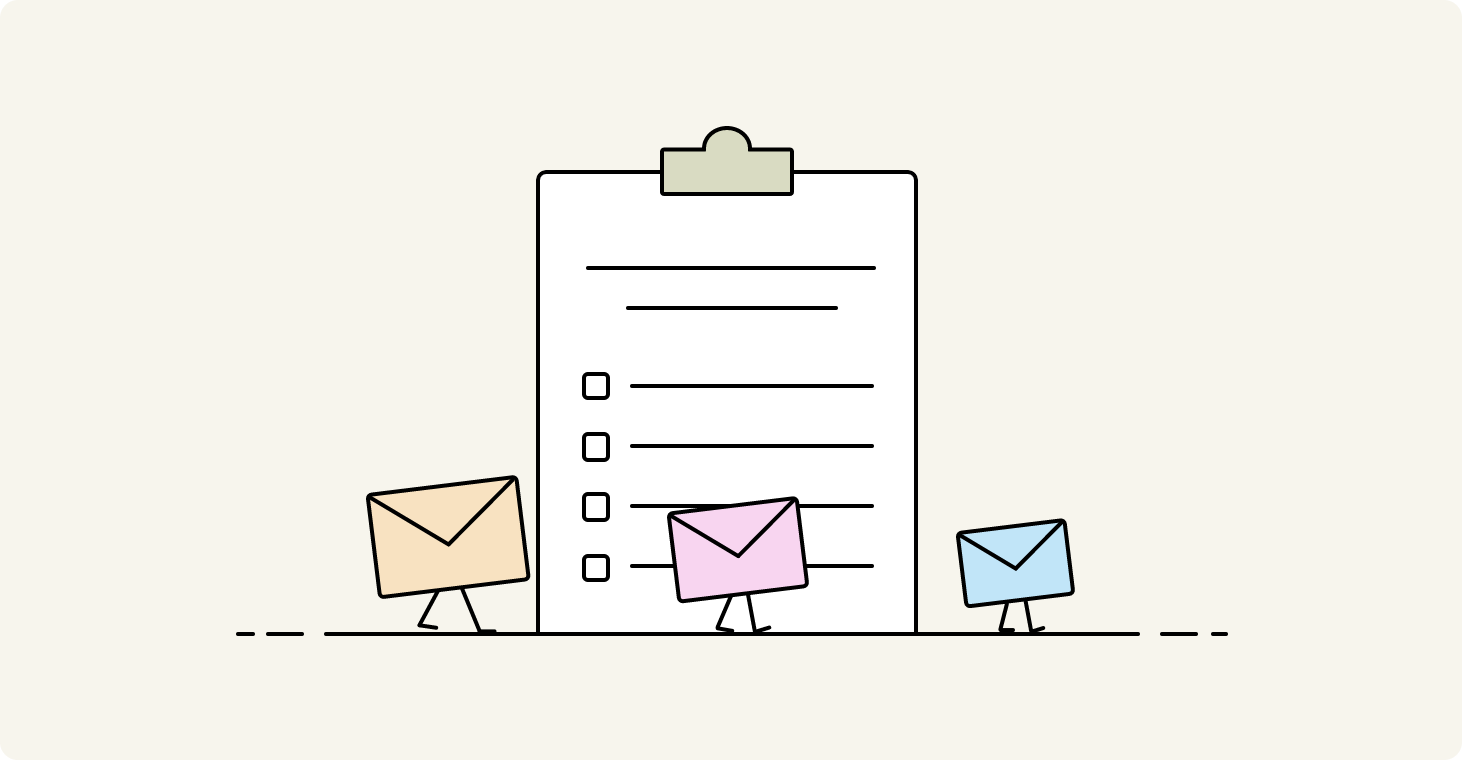
13. Choosing the wrong delivery methods
Delivering surveys to customers through the right medium is crucial. Choose the delivery methods that are best suited to your customers, so that they notice the surveys easily and respond. For example, a customer base consisting of working professionals can be reached better through emails and social media rather than SMS.
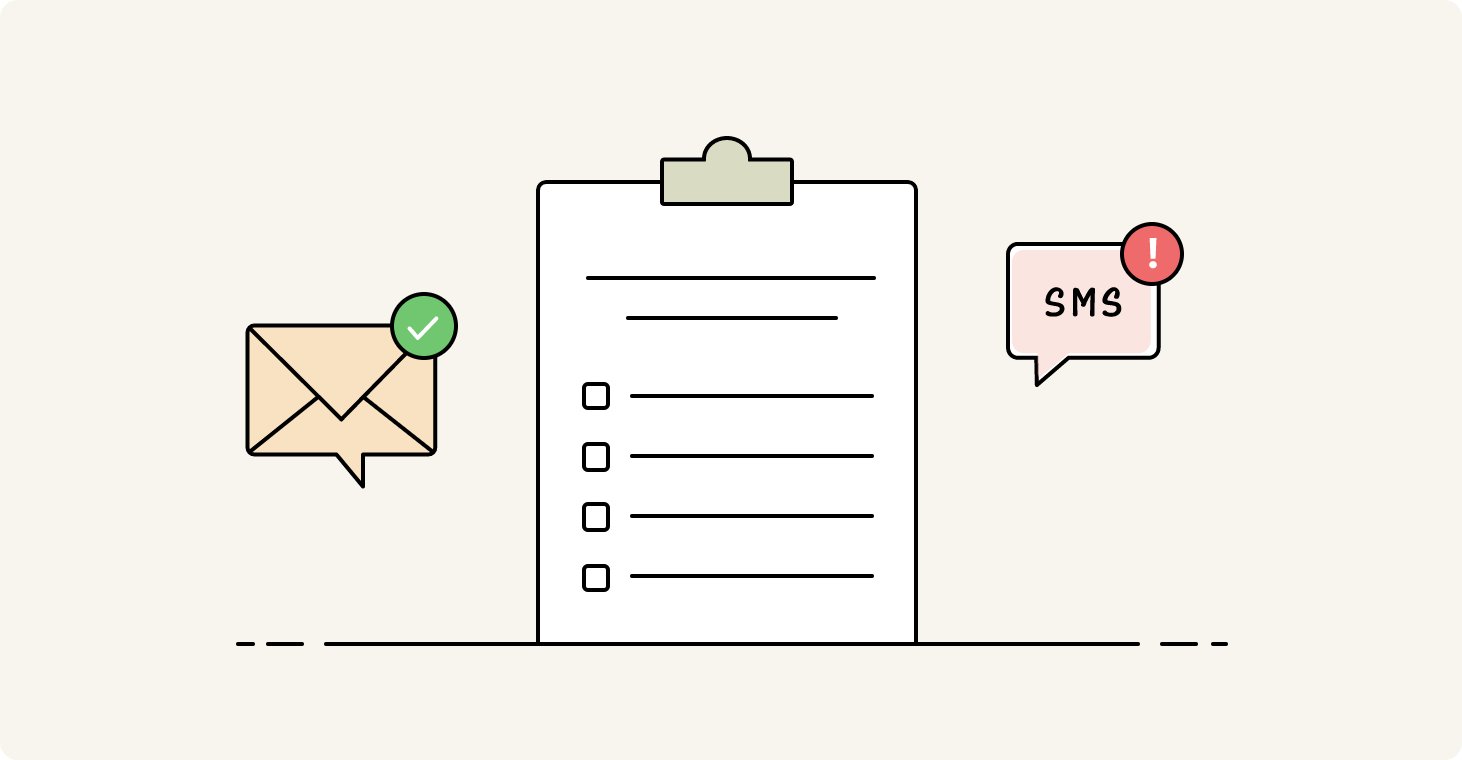
14. Forgetting to give incentives
Delivering surveys to customers through the right medium is crucial. Choose the delivery methods that are best suited to your customers, so that they notice the surveys easily and respond. For example, a customer base consisting of working professionals can be reached better through emails and social media rather than SMS.
